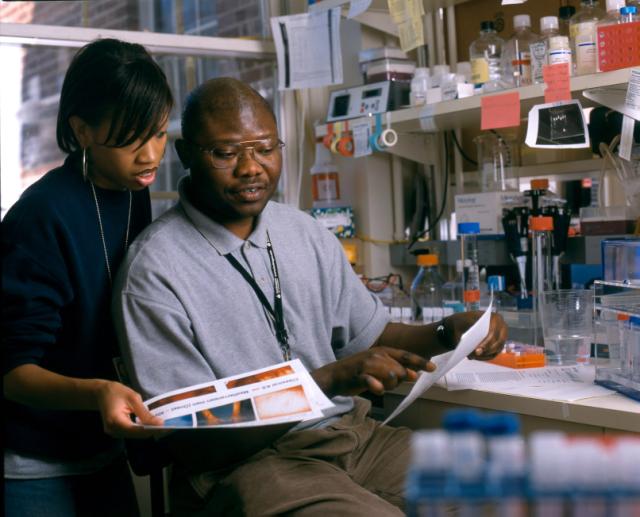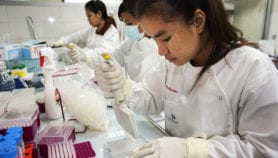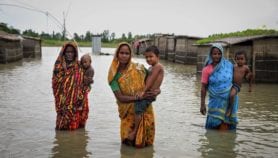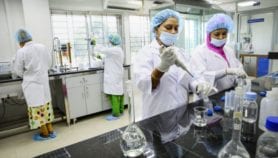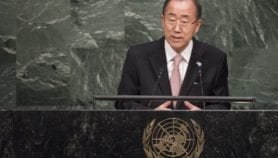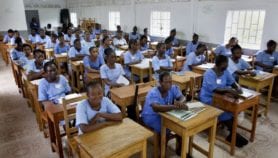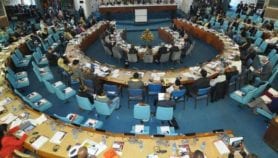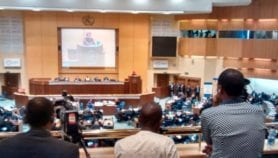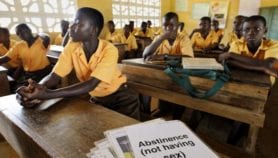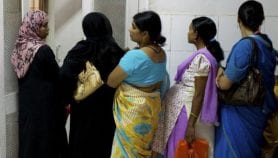By: Jan Piotrowski
Send to a friend
The details you provide on this page will not be used to send unsolicited email, and will not be sold to a 3rd party. See privacy policy.
Political pragmatism threatens to sideline scientific advice in the final stages of UN negotiations for the Sustainable Development Goals (SDGs), experts say.
As the efforts of the Open Working Group (OWG) on the SDGs drew to a close — with the end point marked by the release last week (19 July) of a definitive list of recommended overall goals and related targets — scientific leaders say the proposed framework has become increasingly vague.
While the OWG has done a “fantastic job” to create such a comprehensive report, leaving too many blanks in the document means these target figures will ultimately be decided without scientific input, says David Griggs, director of the Monash Sustainability Institute at Australia’s Monash University.
“The concern is that governments will agree those ‘x’s and ‘y’s out of political pragmatism rather than scientific reality,” he tells SciDev.Net.
“Going forward, I don’t see a means by which scientific opinion is going to be imposed on the negotiations.”
The report, the end product of 13 OWG meetings over some 16 months, lays out 169 targets spread across 17 SDGs for the UN General Assembly to consider in at meeting in New York in September.
Many of the quantified targets based on scientific evidence that appeared in earlier documents that laid out the SDGs have been replaced by blanks or removed entirely in the final document.
For example, in April, possible climate change targets included an explicit two degrees Celsius limit, and dates for when carbon emissions should be arrested and reduced. The current outcome document is silent on these issues.
Johan Rockström, executive director of research institute the Stockholm Resilience Centre in Sweden, agrees that the loss of concrete targets is a “serious concern”.
A mixture of politically contentious ideas — such as linking economic growth and environmental sustainability — and a lack of clear scientific messages are both responsible for this dilution of evidence-based targets, he says.
Ultimately though, says Rockström, whether or not there is engagement with just two numbers will determine the success of a new development paradigm: zero biodiversity loss and a two degree Celsius limit for temperature rise above preindustrial levels.
“What politicians need to recognise is that if you lock yourself to these two targets, the methods to achieve these force you to address most other environmental challenges,” he says.
If scientists can work together to enshrine these two targets in the SDGs, the post-2015 development agenda could still achieve all it sets out to do, he says.
But Anne-Sophie Stevance, a science officer at the International Council for Science (ICSU), whose members are national and international science organisations, is unclear exactly how scientists will continue to influence the process.
Little information has been provided to ICSU — which represents the scientific community in the UN system as a partner of the Scientific and Technological Community Major Group — regarding the future process.
In fact it seems unlikely that there will be another civil society consultation to provide input, she says.
She says that ICSU has tried to raise the need for the scientific community to be integrated in the UN system at the High Level Political Forum on Sustainable Development meeting in New York (30 June-9 July).
Attempts to agree on target ranges that are acceptable for all countries are necessary, but are not the most urgent next step, says Guido Schmidt-Traub, executive director of UN initiative the Sustainable Development Solutions Network.
A far greater concern is trimming down the document to a manageable list of ten goals with between 30 and 40 targets, he says.
“All the national statistics offices we have spoken to say that 100 indicators is possibly beyond what they could manage in terms of national reporting,” he tells SciDev.Net.
“When you think that you can have maybe two to three indicators per target, you begin to see the technical feasibility.”


